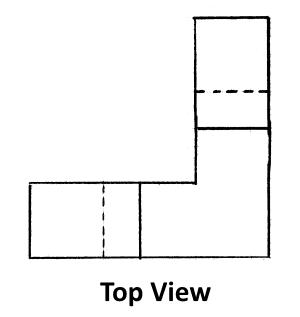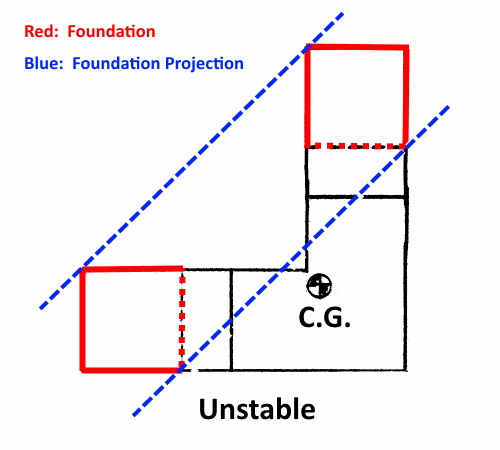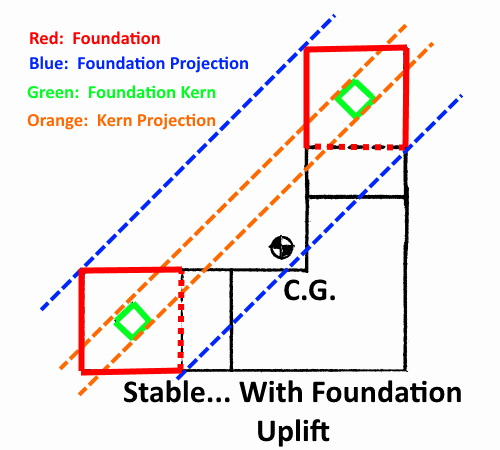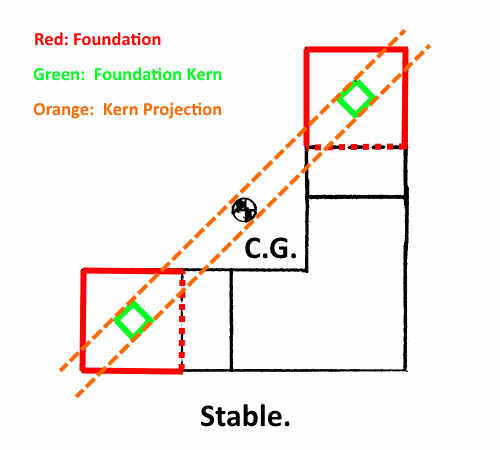Anton,
I can't give anymore away than that - the rules are very clear here, hence me reading between the lines.
You need to think about the lifecycle of the building, from its conception to its demolition. What happens if a middle column collapses from a vehicle collision? Are there any alternative load paths?
A good example is a footbridge. Say a lorry smashes into the front of the footbridge, clearly the footbridge itself is not going to survive and need to be replaced. However at the very least it would not become unseated from its bearings and fall onto the road/traffic. While this itself would be a catastrophic event, as a structural designer we have at least somewhat mitigated the risk (it would be very uneconomic to design the members of a footbridge to take into account collision forces for an illegal vehicle driving on the road, that substantially violates the clearances we have designed for).
As an "architect" or client I would want you to think about scenarios like these, and be assured that my building at the very least would not fall down if the worst were to happen. You convey this in the form of simple cartoon like sketches. Don't overthink it, write some simple bullet points and scan in some basic line sketches with arrows for the forces i.e. a) building in normal use and b) with column/floor removed.
As HotRod10 says there are often no simple calculations to check these things; without coming across a bit pretentious we have to rely on our deeper understanding of structures and engineering judgement. Its an art as well as a science at the end of the day, this is how we'll always make our money as structural designers and (mainly) not be replaced by a black box.
If you really want a reference read over this












![[idea] [idea] [idea]](/data/assets/smilies/idea.gif)